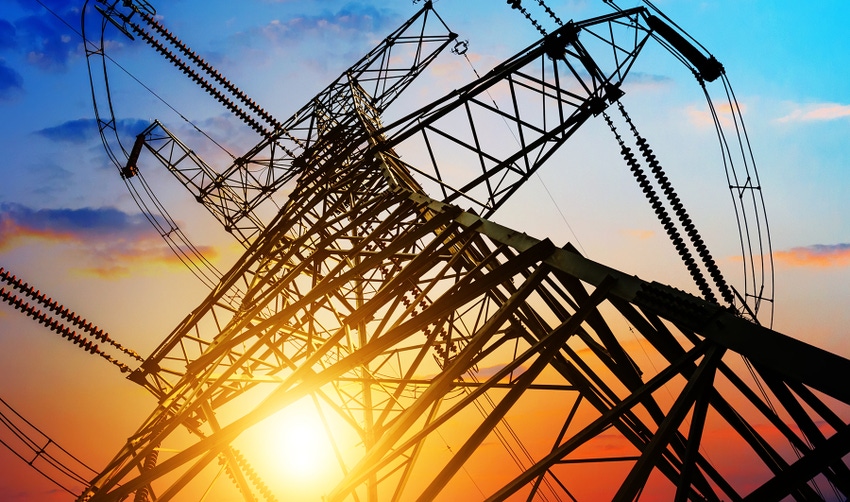Stanford Study Unveils Synergies of Battery Storage & Hydrogen Fuel Cells for Global Renewable Grids
No fossil fuels needed: A Stanford study shows that combining battery storage with fuel cells can ensure low-cost reliability when countries transition to 100% renewable electricity grids.
February 14, 2024

In a groundbreaking study from Stanford University, Professor Mark Z. Jacobson showcases the transformative potential of combining battery storage with hydrogen fuel cells to establish a cost-effective and reliable foundation for countries, including the United States, transitioning to 100% clean, renewable-powered electricity grids.
Jacobson's advanced computer modeling dismantles the myth that fossil fuels are indispensable for maintaining uninterrupted power supply year-round. The study underscores that a blend of renewables, battery storage, and hydrogen fuel cell storage can seamlessly sustain 24/7 electricity availability worldwide at a low cost. As nations embrace a new industrial era pivoting from fossil fuels to renewables to combat air pollution, ensure energy security, and address the climate crisis, the Stanford research provides a critical missing link.
Key findings
Key findings of the study include:
Cost Efficiency: Transitioning to clean power has the potential to slash countries' annual energy costs by approximately 61%, as revealed by the study.
Reliability Assertion: Professor Jacobson challenges the notion that fossil fuels or other conventional energy sources are essential for grid stability, asserting that 100% clean, renewable grids are not only cost-effective but also equally reliable.
Storage Dynamics: The study delves into the dynamics of electricity storage, emphasizing that battery and green hydrogen storage are complementary. Batteries excel in providing short bursts of high-power, while green hydrogen is more cost-effective for long-term energy storage.
Regional Variances: Regional disparities in long-term storage needs are explored, demonstrating that every region requires short-term power bursts with 100% renewables on the grid. However, not all regions necessitate new long-term storage, depending on the availability of wind, solar resources, existing hydropower, and the flexibility to use batteries for both short and long-term storage.
Hydrogen Integration: The study advocates for combining hydrogen production and storage for grid and non-grid purposes, such as steel and ammonia production, as well as long-distance heavy transport, to optimize overall energy costs.
Computer modeling x 3
The study utilized three types of computer modeling - a three-dimensional global weather-climate-air pollution model, a spreadsheet model, and a comprehensive model matching electricity, heat, cold, and hydrogen demand with supply, storage, and demand response under the assumption of perfect grid interconnection.
The research highlights that some countries and US states are already making significant strides towards renewable grids, dominated mostly by hydropower, wind, and solar.
Published in iScience, this study not only challenges existing paradigms but also paves the way for a more efficient, cost-effective, and sustainable future in global energy systems.
About the Author(s)
You May Also Like





